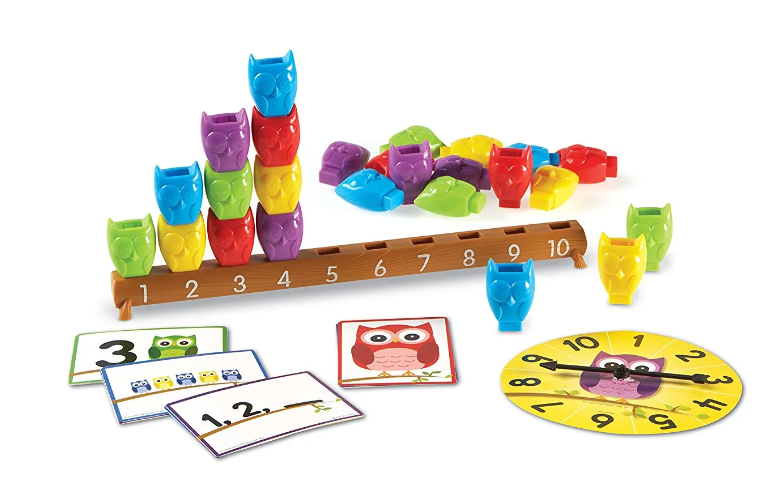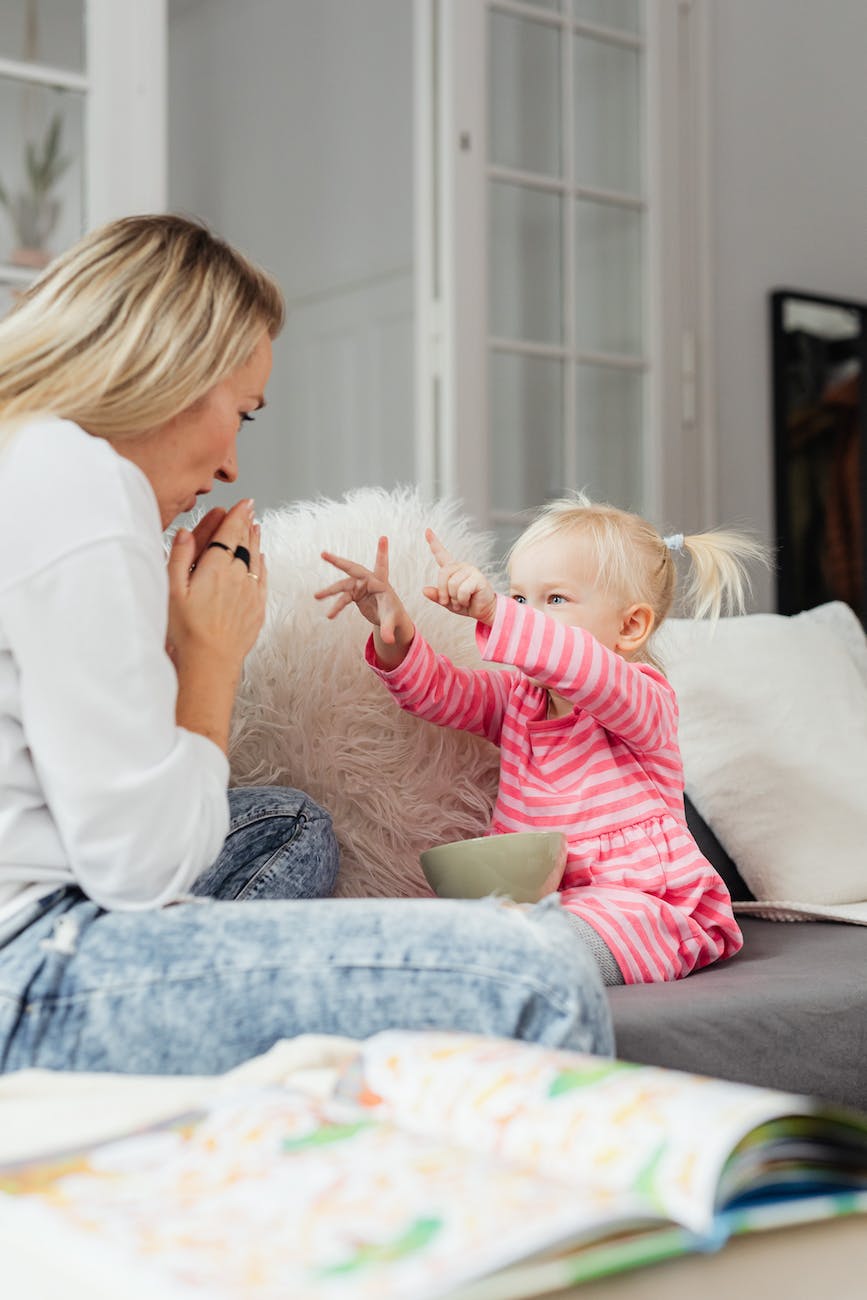Counting is a fundamental mathematical skill that everyone needs to learn in life. From the age of 2 children will start to take an interest in numbers and other mathematical elements such as size and shape. This stage is the perfect opportunity for you to start teaching your child how to count in preparation for them starting school. If you are unsure how then here are some tips to help you get started.
Start with the Basics
Begin by counting from 1 to 5. You can use your fingers or objects like toys or buttons to help you count. Say each number aloud as you touch or move the objects and encourage your child to repeat those numbers back to you.
Number Songs and Rhymes
Many children’s songs and rhymes involve counting. Sing along and use these to make counting more enjoyable. Use your fingers or other props when singing and encourage them to join in. Songs like 5 little Monkeys jumping on the bed can also be used when you’re ready to start introducing them to the concept of counting backwards too.
Incorporate counting in daily life
Use numbers, especially 1-5, in your everyday conversations. For example, let’s wear 1 dress and 2 socks, you have 1 apple and 5 grapes, there are 3 red cars over there. By making counting part of the everyday it won’t seem like a big deal when you sit them down and try and “teach” them.

Number Recognition
Point out the numbers when you see them, tell your child which number you spotted and ask them to spot a different number. This can be done using car registration plates and house numbers when on a walk, product prices when in shops or on household items when at home. Whenever you spot a number your child is learning to recognise show it to them. The more they see these numbers the more they will be able to identify them.
Put them together
Try and create opportunities where you are putting the amount with the written number. This will help your child’s understanding of the number and what that looks like as an amount. There are lots of games where you can use this concept and you can easily create your own by writing down the numbers and asking your child to collect that number of objects and then count them together to check.
Worksheets, Games and Apps
Turning learning to count in to a fun activity will likely encourage your child to be actively involved for longer. There are lots of fun resources that are designed specifically to help your child learn to count like the Counting Owls from Learning Resources. This fantastic resources mixes number recognition with actual counting using cute and colourful owls that will easily grab the imagination of your child. It is aimed at those aged 3 and over and comes with a spinner and some cards so it can also be used as a game that introduces early addition and subtraction too.

If you want to keep the learning going whilst out and about then apps are a great way to this. One new app which comes highly recommended is by Edurino, which involves you downloading a free app to your ipad and then using physical figurines and an ergonomic pen to play various games that have all ben designed with educators to ensure they are as beneficial and age appropriate as possible. The use of the figurines and the pen also make this app more exciting then the usual ipad games and has the added benefit of helping your child with their handwriting and fine motor skills.

If you don’t want to spend money on workbooks and apps then you can always follow these steps and create your own interactive maths activity book, perfect for preschoolers.
As your child progresses you can incorporate teaching your child to count with teaching your child to write by using books that allow your child to practise writing the numbers by following the dots. These workbook style activities are great as they have a clear start and end and lots of them come with stickers for when they have completed each page or activity giving the child positive reinforcement.
Practice Regularly
Like any skill, counting improves with practice. Make counting part of your daily routine. Count items in your surroundings, like the number of stairs you climb or the people in a room.
Remember that all children learn at different paces and some will excel in maths whereas others excel in sports or arts and crafts. Don’t become too disheartened if your child doesn’t seem to be grasping counting as quickly as their peers they must just need a little bit more time, however if you do have concerns then speak to a teacher or your GP just to rule out any additional learning needs.
